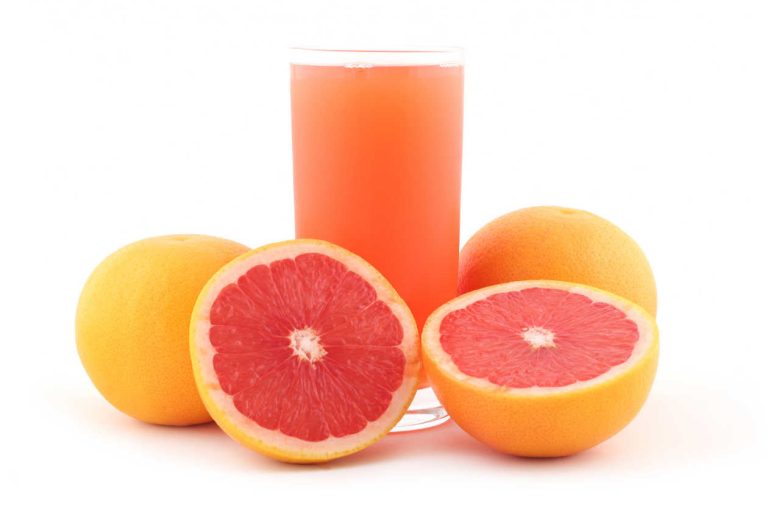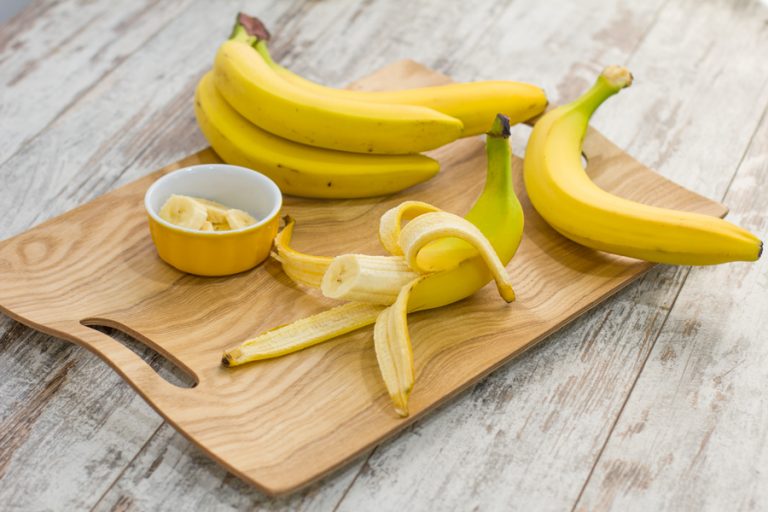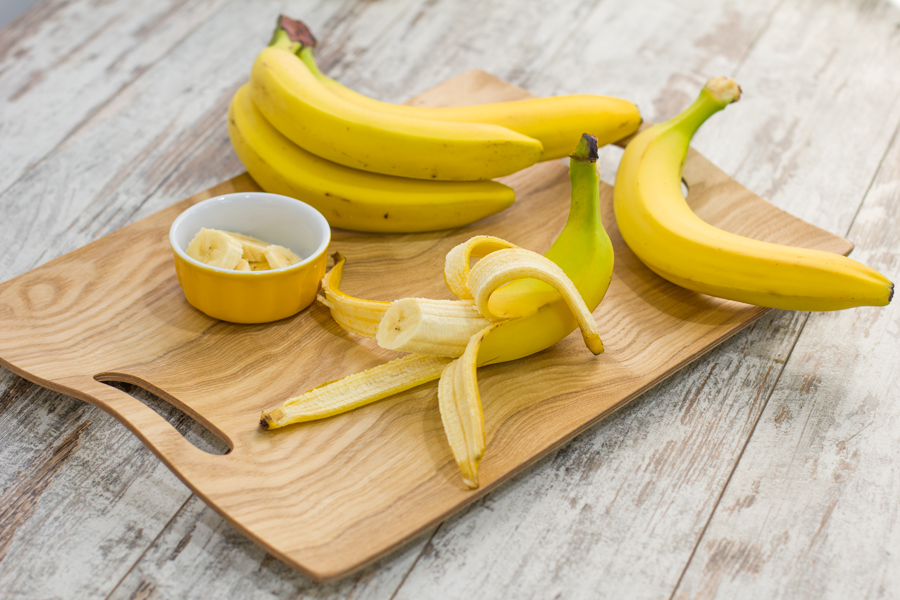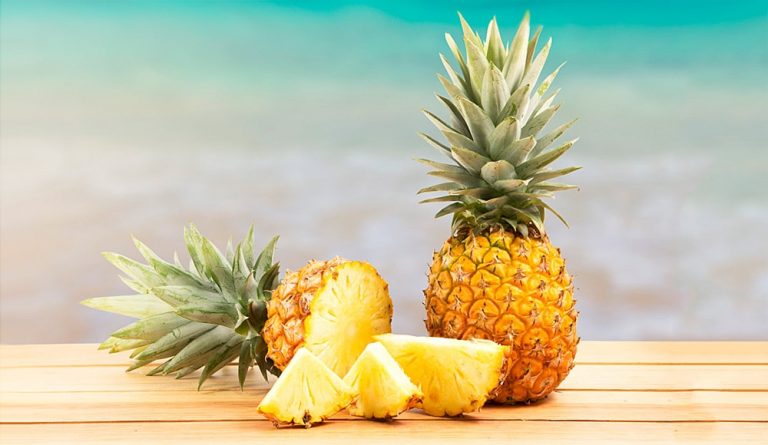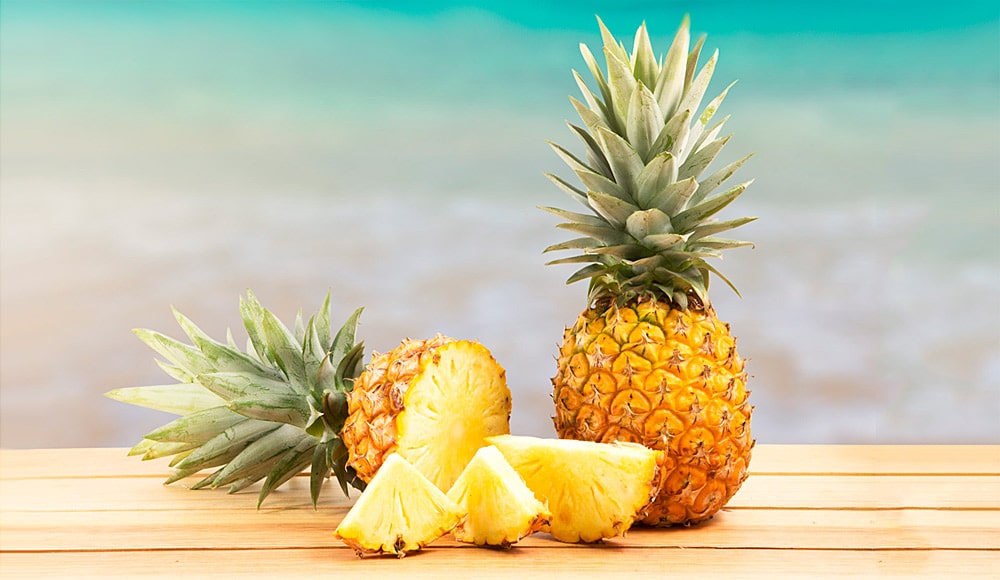Grapefruit is well known for its distinctive citrusy flavor and incredible aroma, which makes this exotic fruit so popular in fresh juice bases.

- First of all, grapefruit appeared in Malaysia and Indonesia.
- Among the varieties of grapefruit, shades are golden, pink, white, and red.
- About 75% of all fruit is juice. One medium grapefruit can yield about 2/3 cup juice.
- Peeled fruit can retain up to 98% of vitamin C for a whole week.
- Known for its yellow-pink-white undertones, this citrus can taste sweet or sour. It is low in calories, which helps in the fight against excess weight, and at the same time, it is a lot of benefits.
- Grapefruit contains 78% of the daily value of vitamin C, which helps the body maintain a high immune system. At the same time, vitamins A, E, and B6 improve the condition of the skin and the functioning of internal organs.
- If you are trying to lose weight, then adding grapefruit to your diet is a great solution. This fruit helps speed up the metabolic process in the body, due to which fat is burned even during sleep and rest. Dietary fiber, which is extremely rich in grapefruit, also brings additional benefits to digestion.
- Regular consumption of grapefruit reduces the risk of problems with the digestive and excretory organs, and for women, this citrus also plays an important role in the prevention of breast cancer.
- The smell of grapefruit alone is enough to relax and forget about stress. Researchers have found that citrus scent has an awakening effect on our senses. Scientists call this effect the therapeutic power of plants.
- The sour taste you get when tasting grapefruit is caused by the plant flavonoid naringenin, which is extremely beneficial in eliminating kidney masses.
- Eating at least 1 grapefruit a day can help prevent bleeding problems and the same antioxidants that citrus is rich in can help wounds heal faster.
- Evergreen grapefruit trees grow on average up to six meters, although some can grow up to fifteen meters.
- The leaves of a grapefruit tree are dark green in color, rather thin and elongated. The flowers are snow-white with four petals.
- The grapefruit has a yellow-orange peel. The fruit is in the shape of a flattened spheroid with a diameter of 10 to 15 centimeters (4-6 inches). One grapefruit tree can produce over 1,500 pounds of fruit.
- We recommend adding this amazing citrus fruit to your diet, the use of which can be the healthiest habit in your diet.

